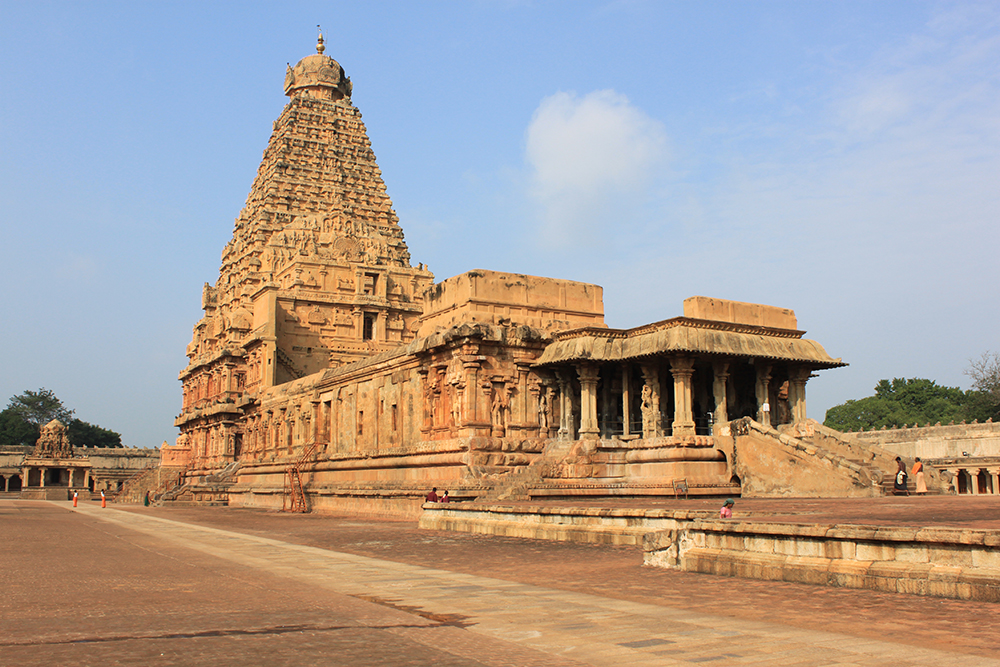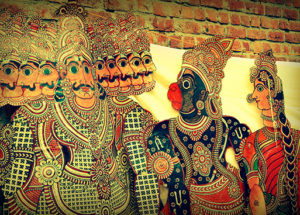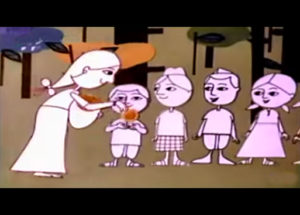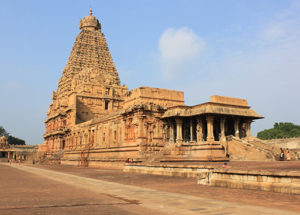Indian tradition and culture has phenomenal potential for a new idiom of modern Indian design.
Remember the animation film ‘Ek Anek Aur Ekta’? An entire generation of Indians grew up on this film about unity in diversity as exemplified by the title song Ek Chidiya, Anek Chidiyan. It remains a great example of Indian story telling. The film pro- duced by the Films Division of India went on to win a National Award and best Children’s Film Award in Japan.
One of the most important questions before Indian designers today is how to establish the true Indian identity. What constitutes Indian design? Have we really evolved an authentic language of design? And where do we go from here?
In 1958, American designers Charles and Ray Eames were called upon by the Government of India to make recommendations on a training programme in design that would help resist the deterioration of design and quality of consumer goods. Their India Report, which was a precursor to the setting up of the National Institute of Design in Ahmedabad in 1961, is a vision document on design in India and a framework to take it into future. The report recommends a sober investigation into ‘those values and those qualities that Indians hold important to a good life’. It also urges designers to make this investigation with a ‘restudy of the problems of environment and shelter and look upon the detailed problems of services and objects as though they were being attacked for the first time; to restate solutions to these problems in theory and in actual prototype; to explore the evolving symbols of India’.

Here are five pointers on taking this thought forward.
Storytelling: The rich tradition of story- telling assumes various ritualistic forms. In mass media, the Hindi movie industry has been the single largest expression of the collective consciousness of the nation. Extremely original narratives have come out from this mainstream industry and Bollywood remains a great inspiration for designers to look at how a local flavour with all its global influences can bring about a unique identity.
Art and craft: From handlooms to bamboo crafts, from miniature paintings to brass casting, India has an extremely rich culture. A whole lot of work remains to be done to see how this can translate into a successful blend of craft and technology to create products of significant mass impact.
Architecture: The extremely refined art and science of building temples as places of worship and communion is a treasure trove of architectural inspiration. While assimilating global influences of new thinking, Indian architects have done wonders with their buildings taking into account local building materials and construction techniques, functional requirements like the climate and above all an original identity for their work.
Industrial Design: Textiles has been a great tradition and has had recognition in the global marketplace yet a lot needs to be done when it comes to product design in general. A lot of responsibility also lies with businesses that need to now look at issues of identity from a long-term perspective.
Strategic Design: From the point of view of problem solving and creating affordable products considering local requirements and resources, there have been a few global success stories: from Tata Nano, which forced manufacturers to think small to a new perspective on healthcare products at a fraction of the cost, India can offer truly inspiring stories. Mahatma Gandhi believed in the power of local to be truly global. Perhaps, that vision best sums up how we could approach design and inspire the world.
-

Clearly looking at the benefits of traditional kitchen implements and interpreting them in a new context for working on platforms against sitting down has given kitchen appliances maker Anjali, a range of fantastic product designs.
-

Indian painting and performance arts form a foundation for doing original design work. Designing with this backdrop can provide a truly communicative idiom.
-

Indian textile design and its international recognition is a centuries’ old story. Indian designers have kept this reputation intact. There is much to learn for designers of appliances and consumer goods from the textile story. Featured here is Rahul Mishra’s international award winning design that leverages Indian craft traditions.
-

‘EK ANEK AUR EKTA’ was a great example of Indian story-telling. Through a powerful and simple narrative, it influenced everyone who saw it in the 1980s and was an instant hit with the children and the adults alike.
-

The art and science of temple architecture is a rich treasure trove of inspiring design work done through the centuries.
-

Of all the objects that Charles and Ray Eames studied in India, the simple everyday object that fascinated them the most was the ‘lota’. Citing the underlying factors of design behind the lota, Eames’s hoped for ‘an attitude that will appraise and solve the problems of our coming times with the same tremendous service, dignity and love that the Lota served its time’.
